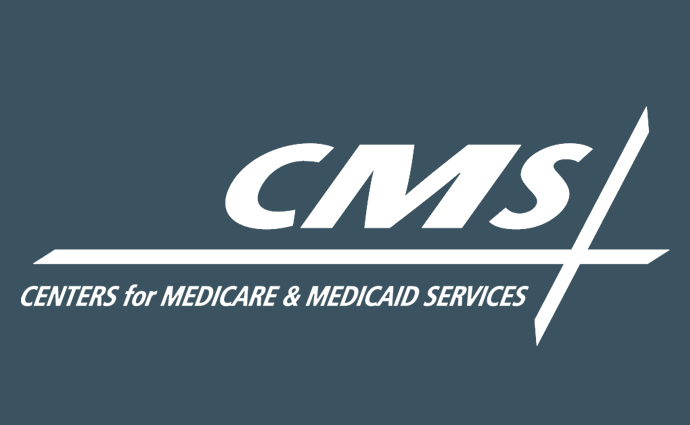CMS Clarifies Healthcare Price Transparency Rules for Hospitals
New FAQs address which hospitals must comply with healthcare price transparency rules in 2019, as well as impacted services and the machine-readable definition.

Source: Xtelligent Media
- CMS recently expanded on new healthcare price transparency requirements for hospitals in a series of frequently asked questions (FAQs) published on its website.
The FAQs cover which hospitals are subject to the new requirements, the definition of machine-readable, and what items and services furnished at the hospital must be included on the publicized list.
In August 2018, CMS finalized the 2019 inpatient and long-term care hospital prospective payment system (IPPS/LTCH PPS) rule, which contained new requirements mandating hospitals publicize a list of their standard changes online in a machine-readable format by the new year.
Hospitals would also have to update the list of prices at least annually, the rule stated.
CMS intends for the new healthcare price transparency requirements for hospitals to empower patients.
READ MORE: WA Makes Healthcare Price Transparency Consumer-Friendly
“The policies in the IPPS/LTCH PPS final rule further advance the agency’s priority of creating a patient-centered healthcare system by achieving greater price transparency, interoperability, and significant burden reduction so that hospitals can operate with better flexibility and patients have what they need to be active healthcare consumers,” CMS wrote in a fact sheet on the final rule.
Recently published FAQs from CMS expand on and clarify the new healthcare price transparency requirements for hospitals.
CMS clarified that all hospitals required by the IPPS/LTCH PPS final rule for the 2015 fiscal year (FY) to make public a list of the hospital’s standard charges for items and services provided by the organization are also required to make that list public via the Internet in FY 2019.
Hospitals can choose how to make the standard charges public on the Internet, CMS added in the FAQs. Hospitals can use whatever format “as long as the information represents the hospital’s current standard charges as reflected in its chargemaster.”
The information must also include the standard charges for all items and services provided by the organization. The requirement is similar to the healthcare price transparency rule from the FY 2015 IPPS/LTCH PPS final rule.
READ MORE: 4 Strategies for Providers to Improve Hospital Price Transparency
The FY 2019 IPPS/LTCH PPS final rule also required that hospitals must make the online standard charges list machine-readable. In a new FAQ, CMS defined a machine-readable format as “a digitally accessible document but more narrowly defined to include only formats that can be easily imported/read into a computer system (e.g., XML, CSV).”
A PDF would not satisfy the new healthcare price transparency requirements, CMS added. The format is a digitally accessible document, but it cannot be easily imported or read into a computer system. Therefore, hospitals cannot publish a list of its standard charges online via a PDF.
Additionally, the FAQs addressed how hospitals can incorporate care quality information on their public list of standard charges.
The new healthcare price transparency rules for FY 2019 do not restrict a hospital from posting quality information or additional price transparency information, CMS pointed out. In fact, the federal agency encouraged hospitals to provide consumer-friendly communication regarding hospital charges.
Providing additional healthcare price and quality transparency information would actually “help patients understand what their potential financial liability might be for services they obtain at the hospital, and to enable patients to compare charges for similar services across hospitals,” CMS stated.
READ MORE: Industry Orgs Express Concerns with Healthcare Price Transparency
Finally, CMS addressed how state healthcare price transparency rules for hospitals interact with the new federal requirements.
“CMS is fully supportive of and encourages state price transparency initiatives. However, under the current guidelines, participation in an online state price transparency initiative does not exempt a hospital from the requirements,” the final FAQ stated.
Hospitals must abide by the healthcare price transparency rules and the CMS FAQs by the 2019 fiscal year. But the healthcare organizations may soon be subject to additional federal healthcare price transparency initiatives.
In an exclusive interview with Xtelligent Media’s Jennifer Bresnick, CMS Administrator Seema Verma stated that the new requirements for hospitals are just the beginning of the federal agency’s push for increased healthcare price transparency.
“As people are paying more for their healthcare, they’re demanding more. They want quality and price transparency. This is just a response to the needs of patients,” she said in the HealthITAnalytics.com interview.
Through the new rules and possible healthcare price transparency initiatives in the future, CMS aims to make healthcare more like a retail experience when it comes to price and quality shopping, Verma added.
“If you’re buying a car or pretty much anything else, you’re able to do some research,” she remarked. “You’re able to know what the quality is. You’re able to make comparisons. Why shouldn’t we be able to do that in healthcare? Every healthcare consumer wants that.”
Hospitals have struggled with implementing healthcare price transparency programs. A recent JAMA Internal Medicine study showed that only 21 percent of hospitals had the ability to provide a complete hospital price estimated for a common procedure, and that percentage dropped from 48 percent of hospitals in a 2012 study.
New CMS rules will push hospitals to develop healthcare price transparency strategies. But the healthcare organizations can also prepare for additional price transparency initiatives by educating their staff on how to discuss patient financial responsibility and implementing vendor solutions for consumer-friendly price estimates.
